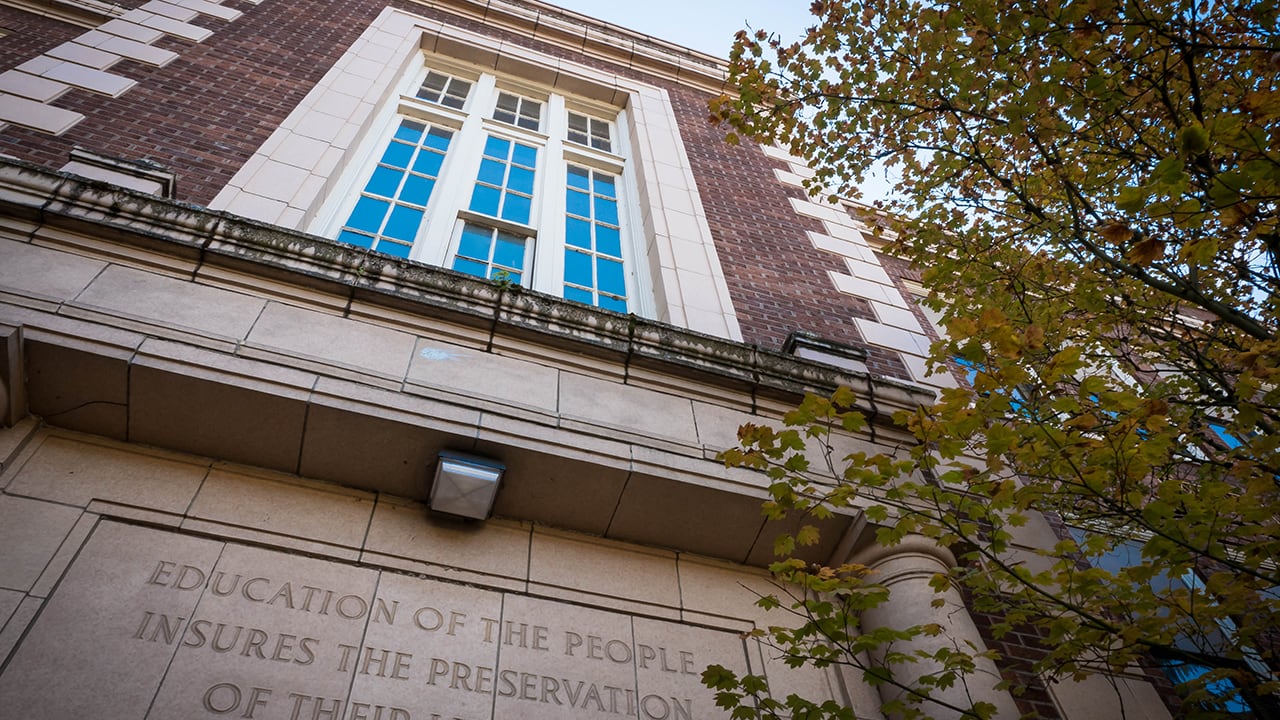Portland Public Schools severely lacks teachers of color. White-identifying teachers make up 89.2% of all PPS teachers while Black teachers make up less than 1%, according to a 2019-20 report by the district.
Yet students of color make up 38.5% of PPS's enrollment, while only 10.8% of teachers identify as nonwhite. Hispanic teachers make up the largest nonwhite demographic, at 5.2%. However, this group still has the biggest percentage gap in representation, because Hispanic students make up 23.7% of the student population.
Black children make up 2.3% of the student population, and white children make up 61.5%. The percentage of white teachers exceeds that of white students by 27.7 points, and every nonwhite racial demographic is underrepresented.
WW has reported the lack of representation in other areas, such as mental health providers and doctors, where the patient-provider relationship is vital. The same dynamic can be found in public education.
Nichole Watson, principal of Prescott Elementary School in the Parkrose School District and a former PPS teacher, said the lack of diversity among Portland's educators overlaps with other issues. One example is PPS's inability to retain teachers of color—one reason Watson, who is Black, left the district in June.
"I thought I'd teach there forever, but I also needed to be safe, and I also deserved elevation and [for someone] to put the support around me for me to be successful," Watson says. "All the things we know don't happen and ultimately why teachers of color leave any district."
Lack of diversity among teachers also goes hand in hand with the disproportionate rate at which Black children are disciplined. "We are criminalizing behavior that is not criminal," Watson says. "I don't criminalize that behavior; I see that through the lens of my own experience. I can contextualize it."
When children of color have teachers with shared backgrounds, they can develop deeper relationships with them, Watson says, and relationships are crucial for student success.
"When you have educators of color in a space, their culture brings a different perspective in your building, and that different perspective also sees children and serves children differently," Watson says. "That lens has often been missing from the conversations that really deeply impact how our children, especially children of color, experience school."
This reporting has been funded in part by a grant from the Jackson Foundation. See more Black and White in Oregon stories here.

